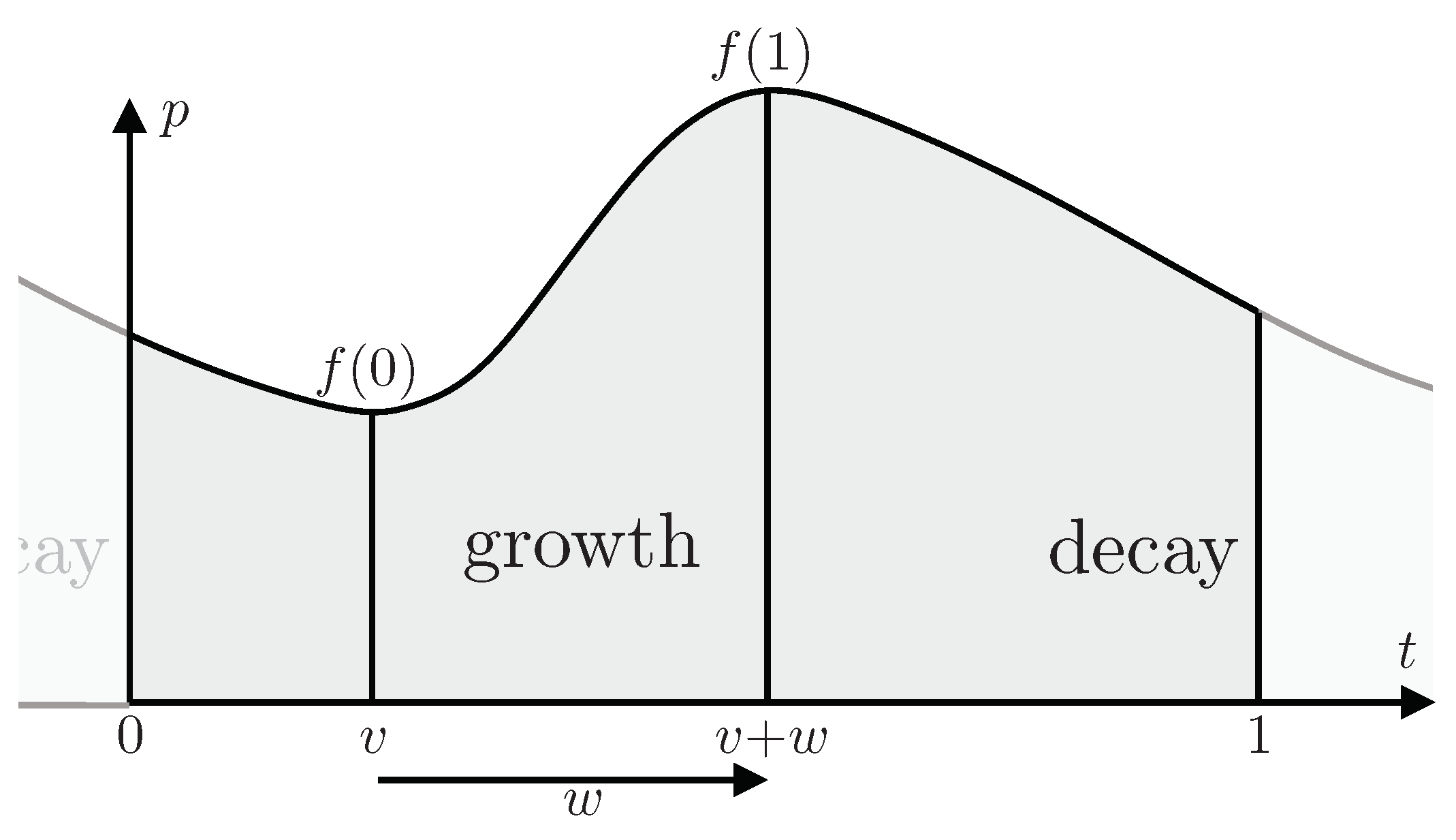Information Geometry Conflicts With Independence †
Abstract
:1. Introduction
2. Counter-Example
2.1. Two Parameters v and w
2.2. One Parameter w
2.3. Comparison of One and Two Parameters
2.4. Science
| Treatment of v should not influence inference about w | [Science] |
3. Conclusions
Funding
Acknowledgments
Conflicts of Interest
References
- Amari, S. Differential-geometrical methods in statistics. In Lecture Notes in Statistics; Springer-Verlag: Berlin, Germany, 1985. [Google Scholar]
- Fisher, R. A. Theory of statistical estimation. Proc. Camb. Philos. Soc. 1925, 122, 700–725. [Google Scholar] [CrossRef]
- Rao, C.R. Information and the accuracy attainable in the estimation of statistical parameters. Bull. Calcutta Math. Soc. 1945, 37, 81–89. [Google Scholar]
- Shannon, C.F. A Mathematical theory of Communication. Bell Syst. Tech. J. 1948, 27, 379–423, 623–656. [Google Scholar] [CrossRef]
- Knuth, K.H.; Skilling, J. Foundations of Inference. Axioms 2012, 1, 38–73. [Google Scholar] [CrossRef]
- Skilling, J. Critique of Information Geometry. AIP Conf. Proc. 2013, 1636, 24–29. [Google Scholar]

© 2019 by the authors. Licensee MDPI, Basel, Switzerland. This article is an open access article distributed under the terms and conditions of the Creative Commons Attribution (CC BY) license (http://creativecommons.org/licenses/by/4.0/).
Share and Cite
Skilling, J. Information Geometry Conflicts With Independence. Proceedings 2019, 33, 20. https://doi.org/10.3390/proceedings2019033020
Skilling J. Information Geometry Conflicts With Independence. Proceedings. 2019; 33(1):20. https://doi.org/10.3390/proceedings2019033020
Chicago/Turabian StyleSkilling, John. 2019. "Information Geometry Conflicts With Independence" Proceedings 33, no. 1: 20. https://doi.org/10.3390/proceedings2019033020
APA StyleSkilling, J. (2019). Information Geometry Conflicts With Independence. Proceedings, 33(1), 20. https://doi.org/10.3390/proceedings2019033020




